The fortress (Sary-Sin or «yellow island» in Turkish) of Tsaritsyn -Volgograd in future- was first mentioned in the annals in the second half of the XVI century. On the narrow strip of land, where the Tsaritsa River flows into the Volga, there was a small guard garrison. It was where the inhabitants managed to protect the Russian state’s interests from the Golden Horde, which was disintegrated into many khanates.
1589 is considered the founding year of the city. Back in those times Tsaritsyn’s residents were used to rely only on themselves. Foreign caravans travelled across the Volga. The closest Russian city of Voronezh is at a distance of 500 versts and national, religious and territorial infightings of Kalmyks, Mongols and Kazakhs rage around the city. At the beginning of the XVII century, Tsaritsyn made one of its fatal mistakes, recognizing the power of False Dmitry II. After that, the city was razed to the ground by Russian troops. Subsequently, however, it was decided that the outpost on the Lower Volga was still needed and Tsaritsyn was built anew. Then the city was conquered by Kondrat Bulavin, Ataman of Don Cossacks, who declared war against Peter the Great in 1707. Later it was destroyed by the Tatars and Cossacks ... Tsaritsyn seemed to have become hostage to its location forever. Too many people were interested in the Volga, the Great Silk Road, and Volgodonsk’s portage and therefore, they didn’t leave the land in peace.
Tsaritsyn’s value as a strategically important logistics hub was particularly appreciated in the late XIX century, when several railroads including Gryaze-Tsaritsynskaya, Vladikavkaz, Volgodonsk, and the South Railroads started functioning there at the same time. Volgograd’s station and the river port became important transport hubs in the south of the country. Cargo ships began travelling in caravans on the Volga, large industrial enterprises opened in the city and Tsaritsyin flourished.
During the Civil War a lot of bloody battles between the White and Red Armies took place in the Lower Volga region. It was when Joseph Stalin entered the history of Tsaritsyn and later played a key role in the city’s history for most of the twentieth century. Due to the poor harvest and the general disruption immediately after the victory of the Red Army in the Civil War, the Volga region was struck by terrible famine. It claimed the lives of many hundreds of citizens. When the hunger-bitten people of the Volga region were saved by foreign humanitarian missions and the harvest turned good, Tsaritsyn was renamed Stalingrad. This was in 1925, just when Stalin became General Secretary of the Communist Party.
The first day of the Battle of Stalingrad during the war with Nazi Germany was an event that forever changed not only Stalingrad, but the whole world. The battle that has had no equal in the history of mankind lasted for nearly six months, from July 17, 1942 to February 2, 1943. More than two million people were killed and went missing on both sides. Military historians believe that the battles for Stalingrad stopped the offensive by Hitler and led the Soviet Union to victory in World War II. The cost, however, was off-the-scale. In the Battle of Stalingrad, Soviet troops were fighting literally for every house. You only have to look at what was left of the Gerhardt Mill and read the inscription on Pavlov’s House in today’s Volgograd to imagine the atmosphere of those days. Lyudnikov’s Island memorial complex, which entirely consists of ruins and mass graves, is also one of the most frightening reminders of the battles during the Second World War.
It seemed that the restoration of Stalingrad’s ruins would take decades. However, in 1946 they began centrally rebuilding it. Stalin was personally grateful to the city for its sacrifice. The recovery took more than 20 years. It was when monumental structures such as the Central embankment and the Avenue of Heroes appeared in Stalingrad and Kazan Cathedral opened to believers. The entire historic center was also newly reconstructed in the Stalinist empire style. Later, the process of debunking the Stalinist cult of personality started and Stalingrad was renamed. Since 1961 to the present the city has been called Volgograd. It should be noted that the Stalin Museum opened in Volgograd in 2006, which speaks of the quite ambiguous attitude to the leader in the city.
Volgograd will be hosting the 2018 FIFA World Cup. For this purpose the large modern stadium, Volgograd Arena, was built in the city. After the end of the cup the stadium will be given to Volgograd’s football team, FC Rotor, for training and home matches.
The Victory Day was and remains Volgograd’s main holiday. After all, it was where the course of World War II broke after the Battle of Stalingrad. The main festivities take place on the Mamayev Kurgan Hill, at the foot of the sculpture «The Motherland is Calling!» The sky there flashes with fireworks; the celebrations feature a parade with a military hardware show-off, memorable excursions, historical reenactments, and performances. The key dates of the Battle of Stalingrad are also marked in the city, but with celebrations of much smaller scale. The City Day is marked in Volgograd on the first Sunday in September, when the soft autumn along the Volga makes the city and the nature uniquely charming.
The local cuisine features always surprise the city visitors. Since ancient times, Volgograd has been located at the crossroads of many routes: this fact could not but be reflected in a variety of local dishes. Thus, for example, belish-a cake made of unleavened dough with a hearty meat filling- fell heir to Volgograd from the numerous Tatar khans, who were once in those areas. Neighbors, the Azerbaijani, taught the citizens to skewer fresh sturgeon, while the Armenian passed the art of cooking dolma — flavored meat cooked in grape leaves. The famous mustard oil is a special pride of the locals, who learned making it from the Herrnguters from the Old Sarepta. They say that even if an ordinary summer salad of fresh vegetables is sprinkled with a couple of drops of this oil, it will turn out a delicious treat. When it comes to sweets, the local honey is greatly valued. After all, Volgodonsk’s plains have been famous for their apiaries since ancient times.
If you visit Volgograd in the warm season, you should by all means plan a couple of days for outdoor recreation in the vicinity of the city. Numerous tourist camps on the banks of the Volga and the Akhtuba rivers invite tourists to enjoy fishing, boating, and rest on the warm sand. In short, Volgograd is not only the memory of the heroic past. It also means the wonderful air of the Volga region, nourishing food, and long wonderful walks.
Get directions
Five Russian cities- Moscow, St. Petersburg, Yekaterinburg, and Surgut- serve regular flights to Volgograd International Airport. The flight time from Moscow is only 1 hour, 45 minutes. Only one direct flight, Yerevan-Volgograd, connects Volgograd with foreign countries. But there are charter flights from Volgograd to Spain, Greece and Tunisia. Travelling by train from Moscow to Volgograd will take 18-24 hours, and about 36 hours -from St. Petersburg.
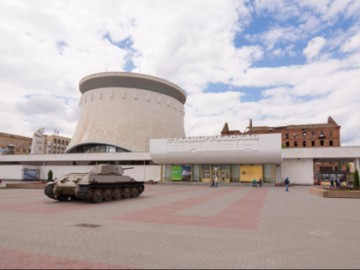

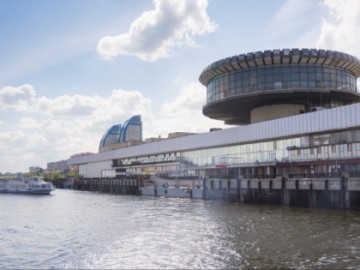
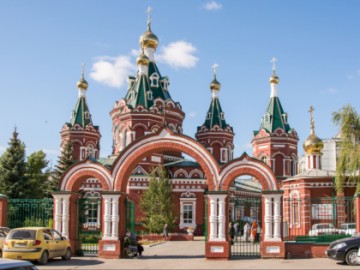
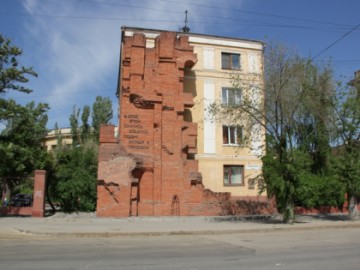
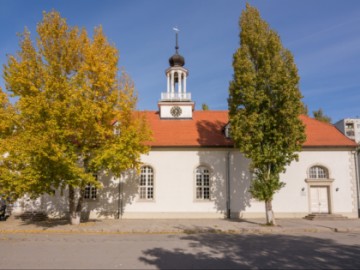
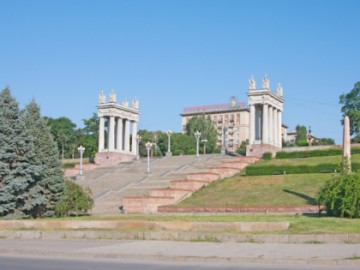
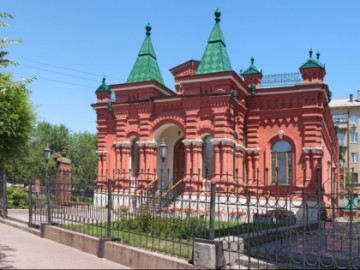
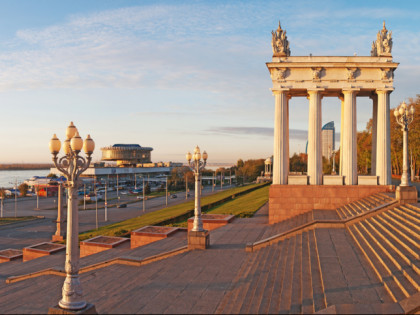
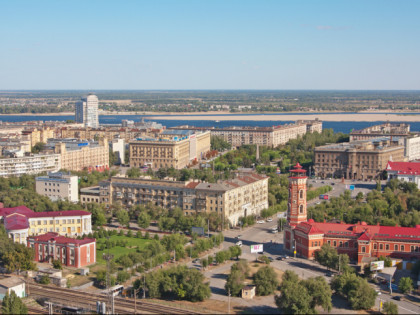
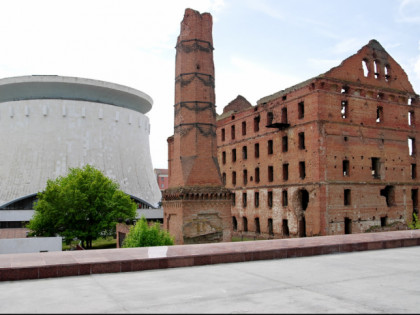
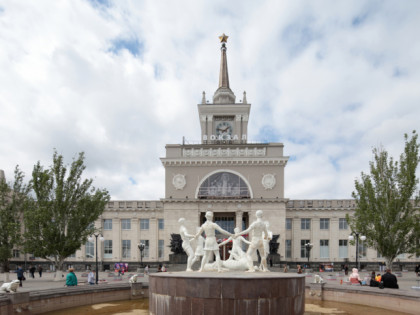
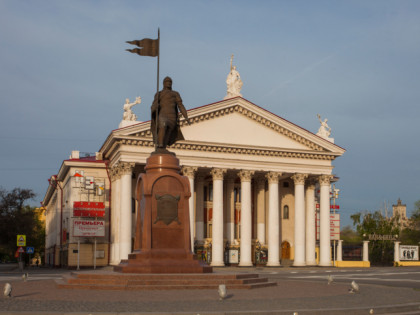
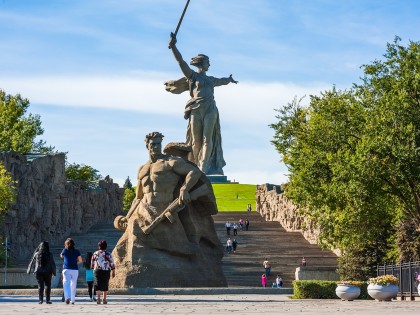
 Museums and Exhibitions
Museums and Exhibitions
 Parks and recreation
Parks and recreation
 Other places
Other places
 Architectural Monuments
Architectural Monuments
 Temples and places of worship
Temples and places of worship
